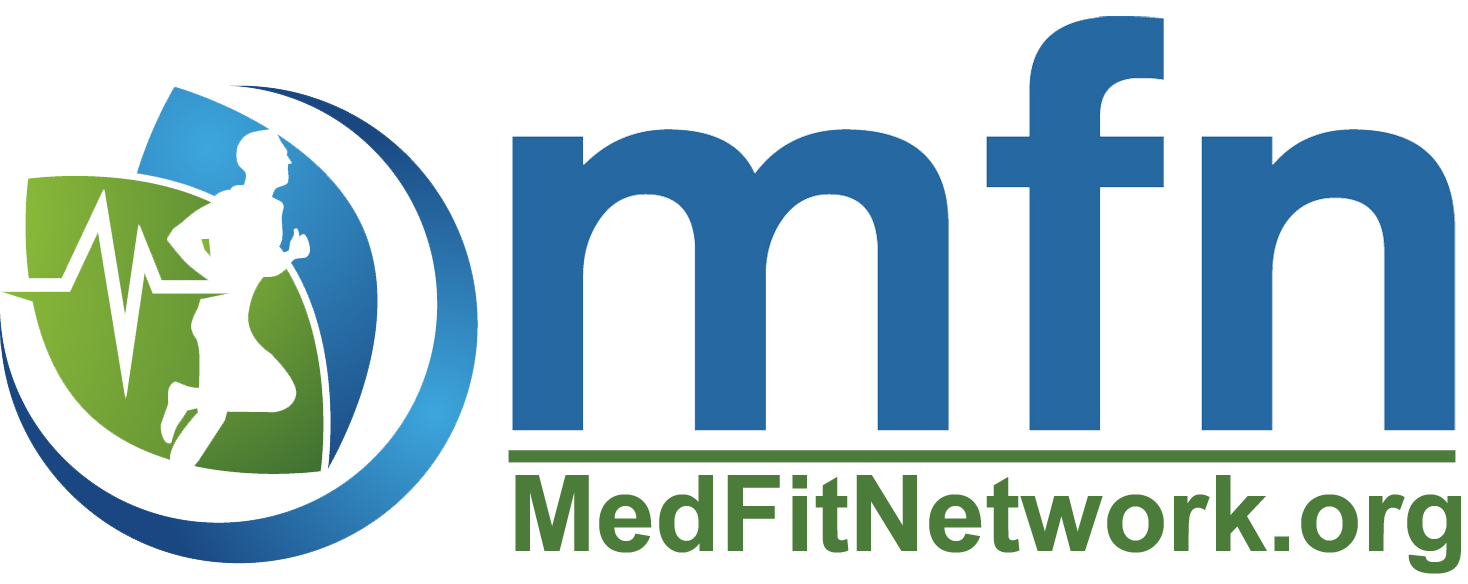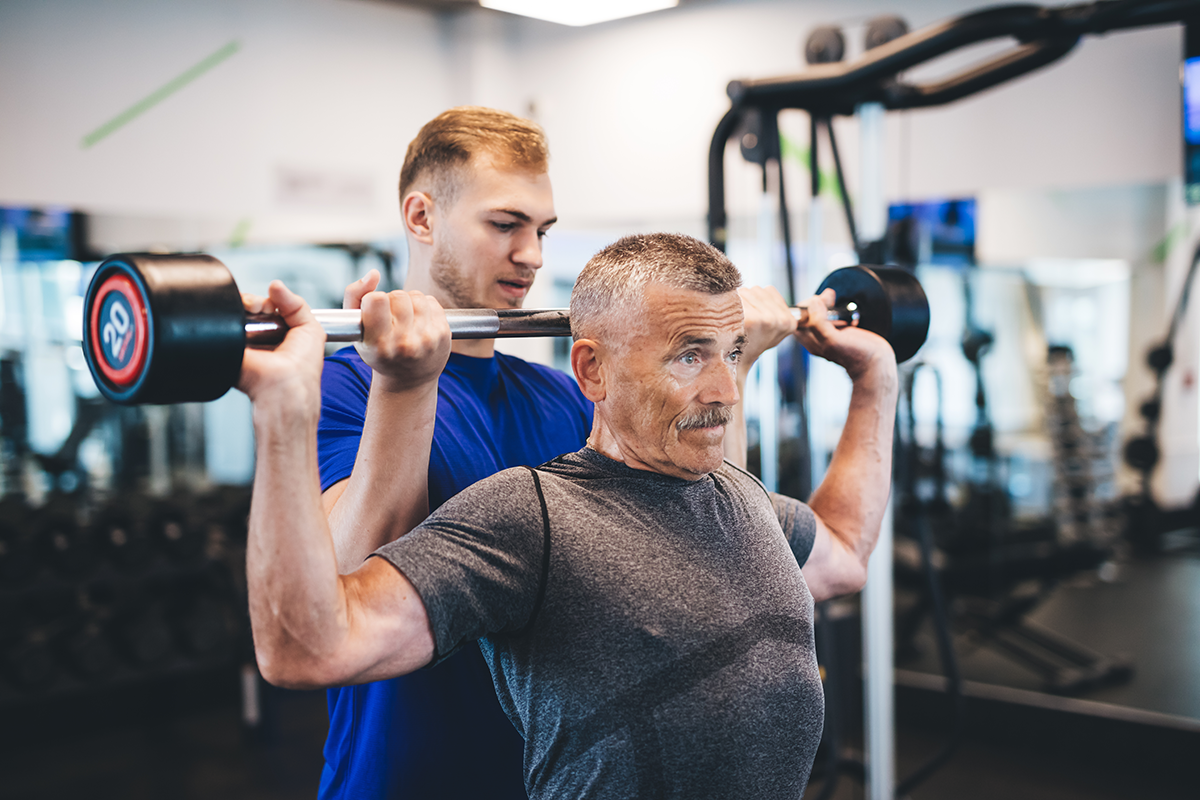What Is an Anabolic Window?
If you’re trying to build muscle, strength training is the best way to do it. Strength training damages the muscles, which causes them to repair and grow. The result is bigger, stronger muscles. Bigger, stronger muscles to someone like us with MS means the strength to move those muscles once we create the brain to muscle reconnection. However, optimal muscle growth goes beyond your actual workout. It also relies on post-workout nutrition. Your muscles need enough protein and carbohydrates to effectively recover.



 It’s unfortunate, but the average person has no idea what to look for in a trainer. They don’t know the questions to ask, the accredited certifications and whether or not that trainer is able to work with any pre-existing conditions that they may have. As gyms hire underqualified trainers, underselling those of you who are worth your fee, clients continue to get injured. The client goes to a physical or occupational therapist and tells them they’ve been working with a trainer at X gym. The therapist rolls their eyes, having heard the story time and time again, discrediting personal trainers and the fitness industry as a whole.
It’s unfortunate, but the average person has no idea what to look for in a trainer. They don’t know the questions to ask, the accredited certifications and whether or not that trainer is able to work with any pre-existing conditions that they may have. As gyms hire underqualified trainers, underselling those of you who are worth your fee, clients continue to get injured. The client goes to a physical or occupational therapist and tells them they’ve been working with a trainer at X gym. The therapist rolls their eyes, having heard the story time and time again, discrediting personal trainers and the fitness industry as a whole.
 If fitness and exercise are well accepted as part of the management strategy for multiple diseases, why is it that access to organized exercise plans, and fitness professionals who can help implement those plans, are not a standard part of the medical treatment paradigm? Why is it not a standard benefit covered by common medical insurance policies?
If fitness and exercise are well accepted as part of the management strategy for multiple diseases, why is it that access to organized exercise plans, and fitness professionals who can help implement those plans, are not a standard part of the medical treatment paradigm? Why is it not a standard benefit covered by common medical insurance policies?












